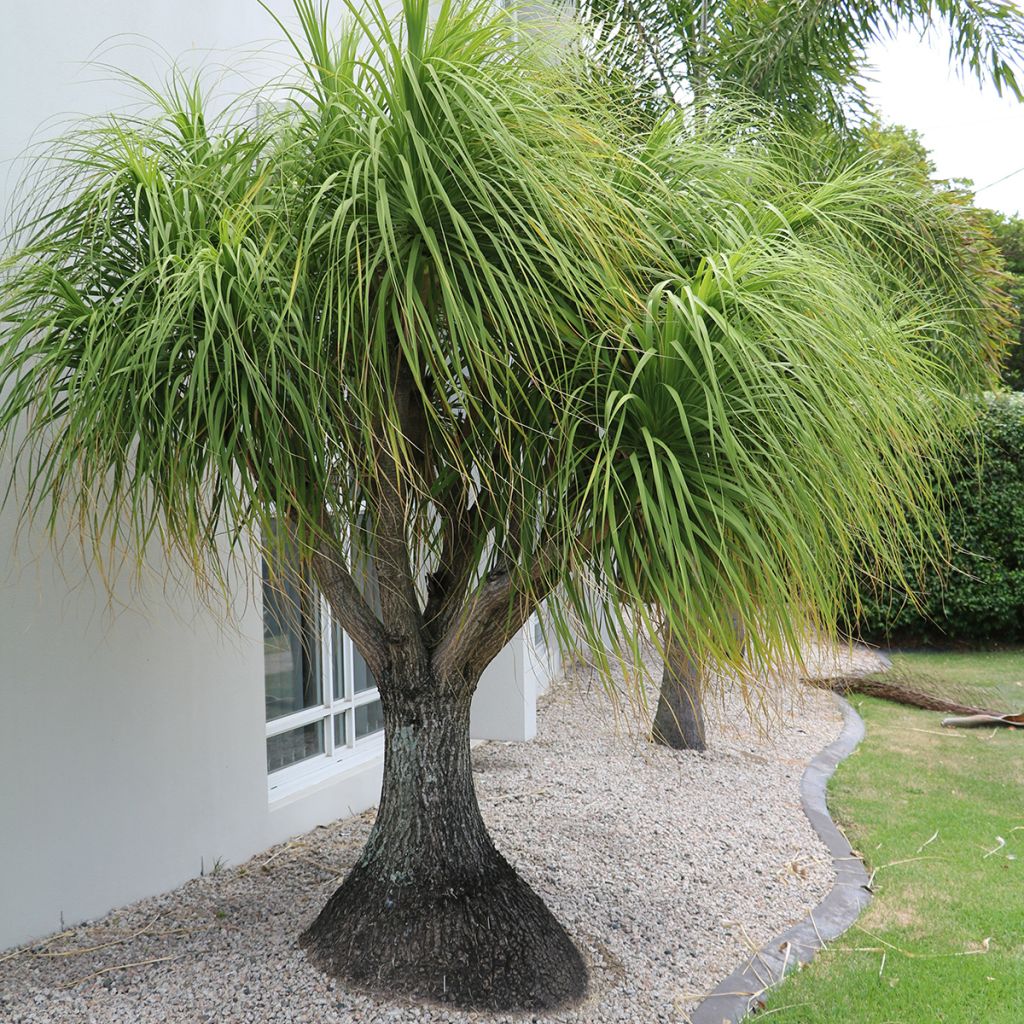

Beaucarnea recurvata - Arbre bouteille ou Pied d'éléphant
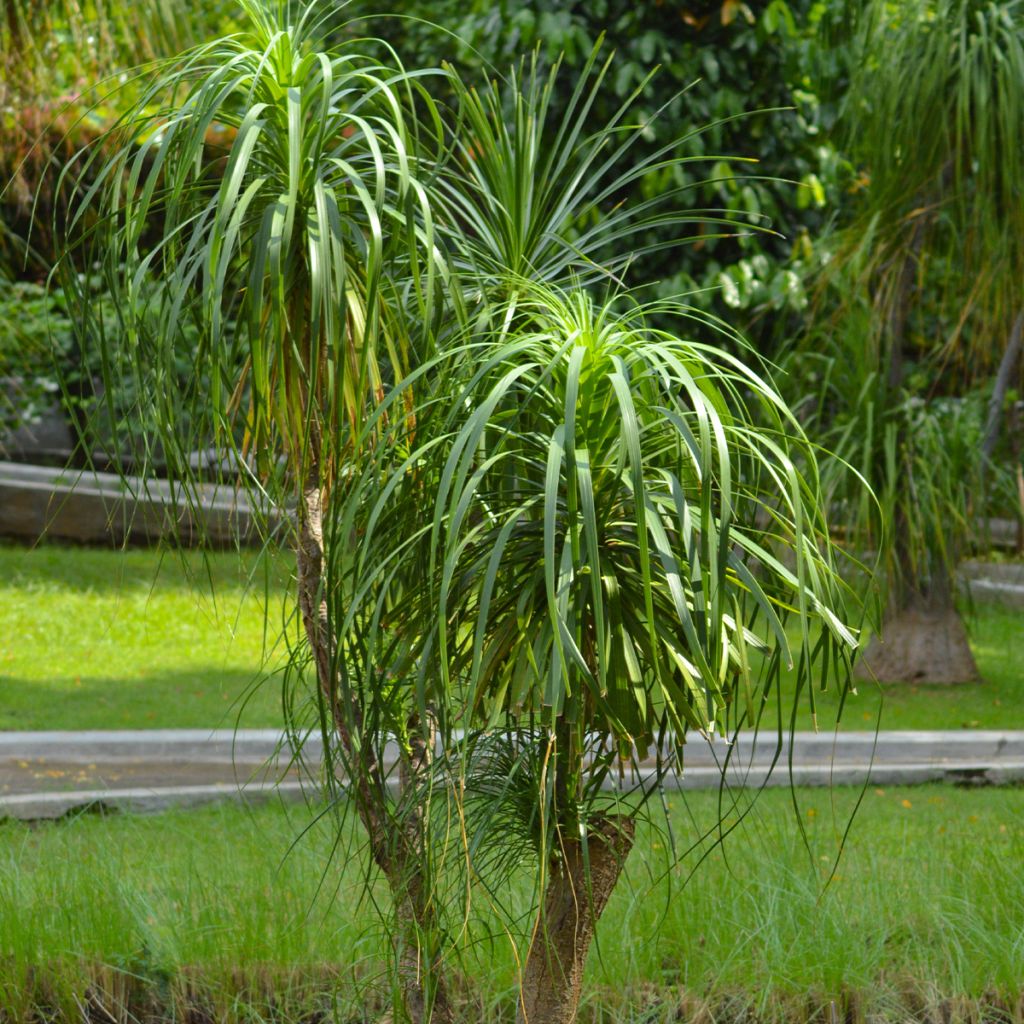

Beaucarnea recurvata - Arbre bouteille ou Pied d'éléphant
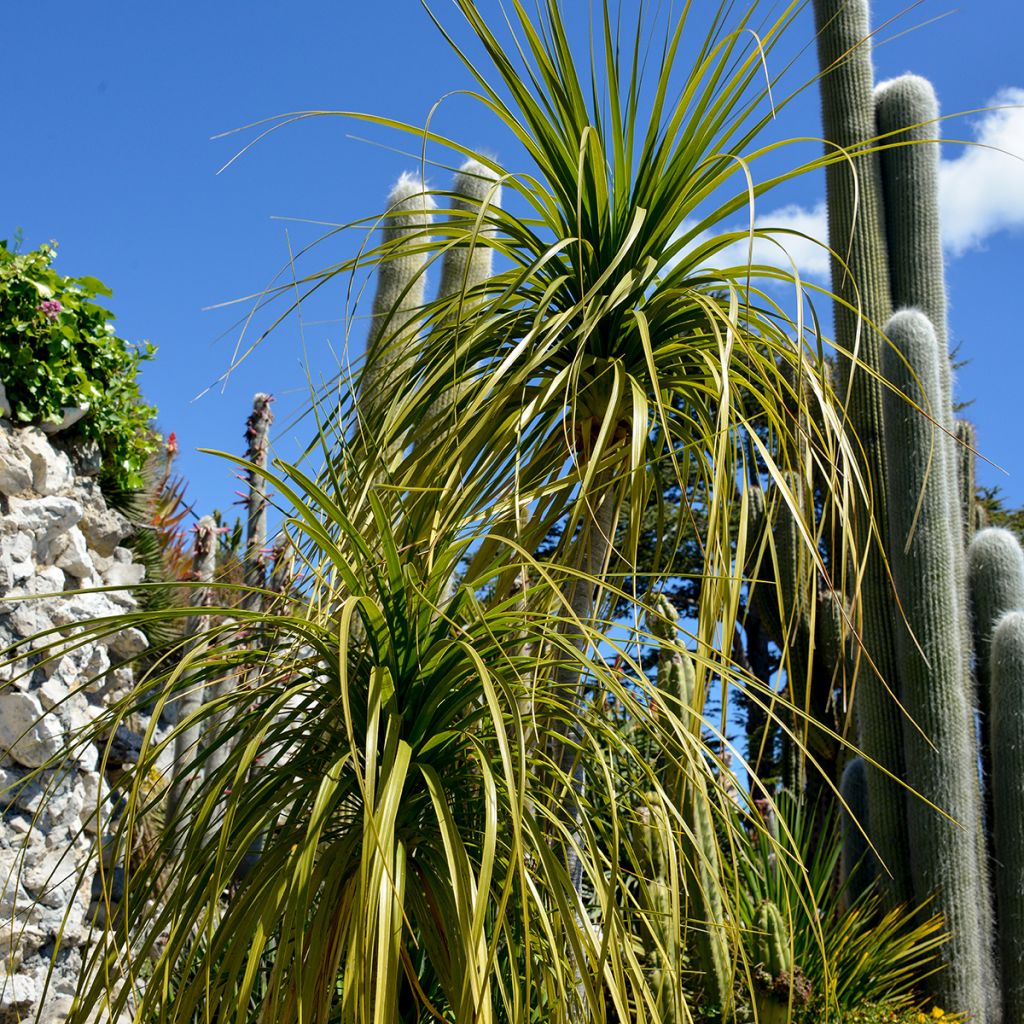

Beaucarnea recurvata - Arbre bouteille ou Pied d'éléphant
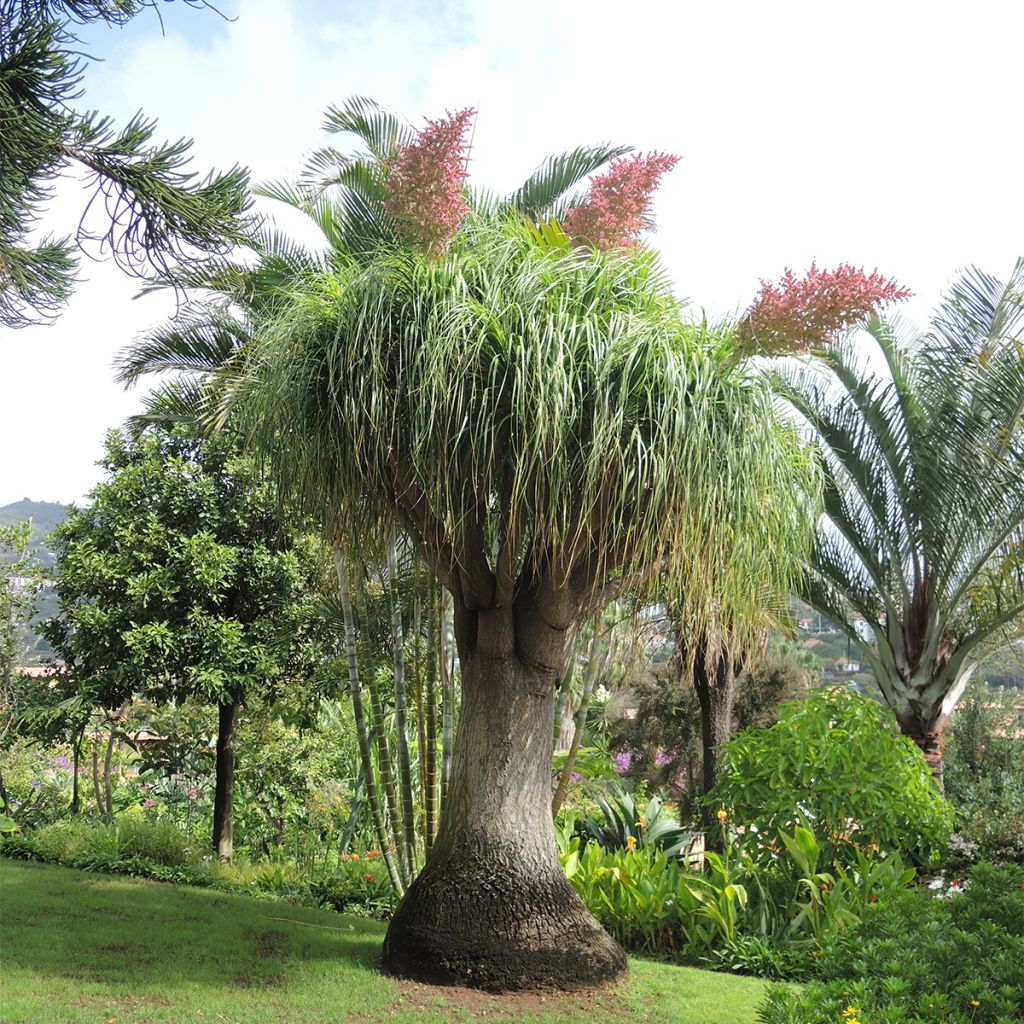

Beaucarnea recurvata - Arbre bouteille ou Pied d'éléphant
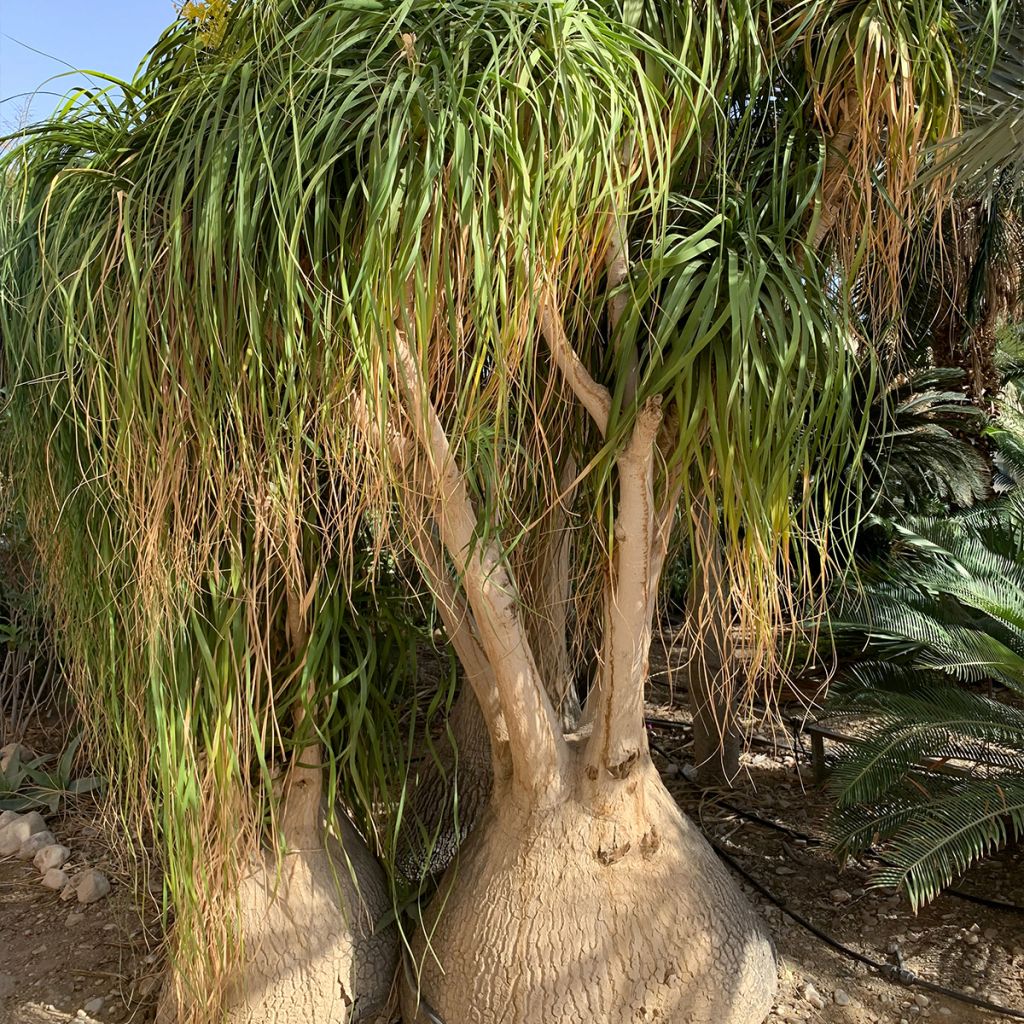

Beaucarnea recurvata - Arbre bouteille ou Pied d'éléphant
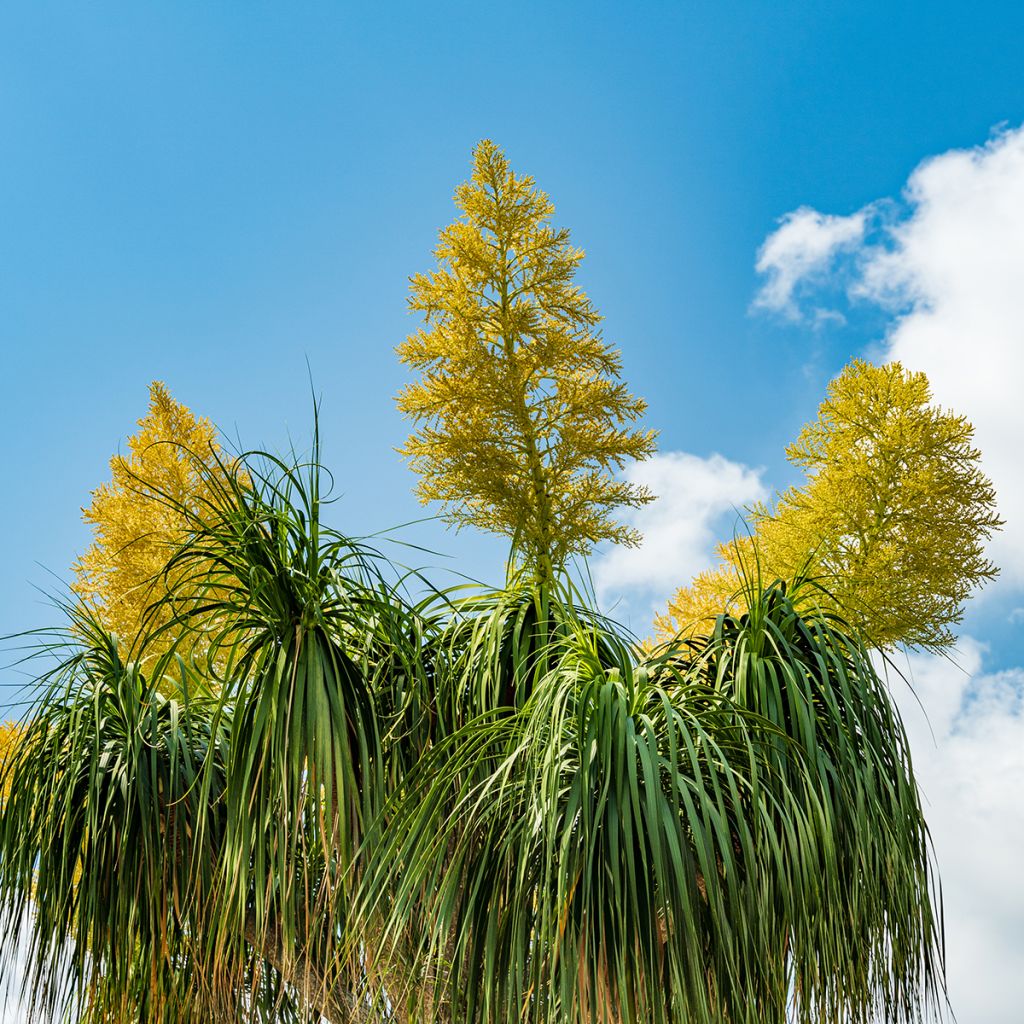

Beaucarnea recurvata - Arbre bouteille ou Pied d'éléphant
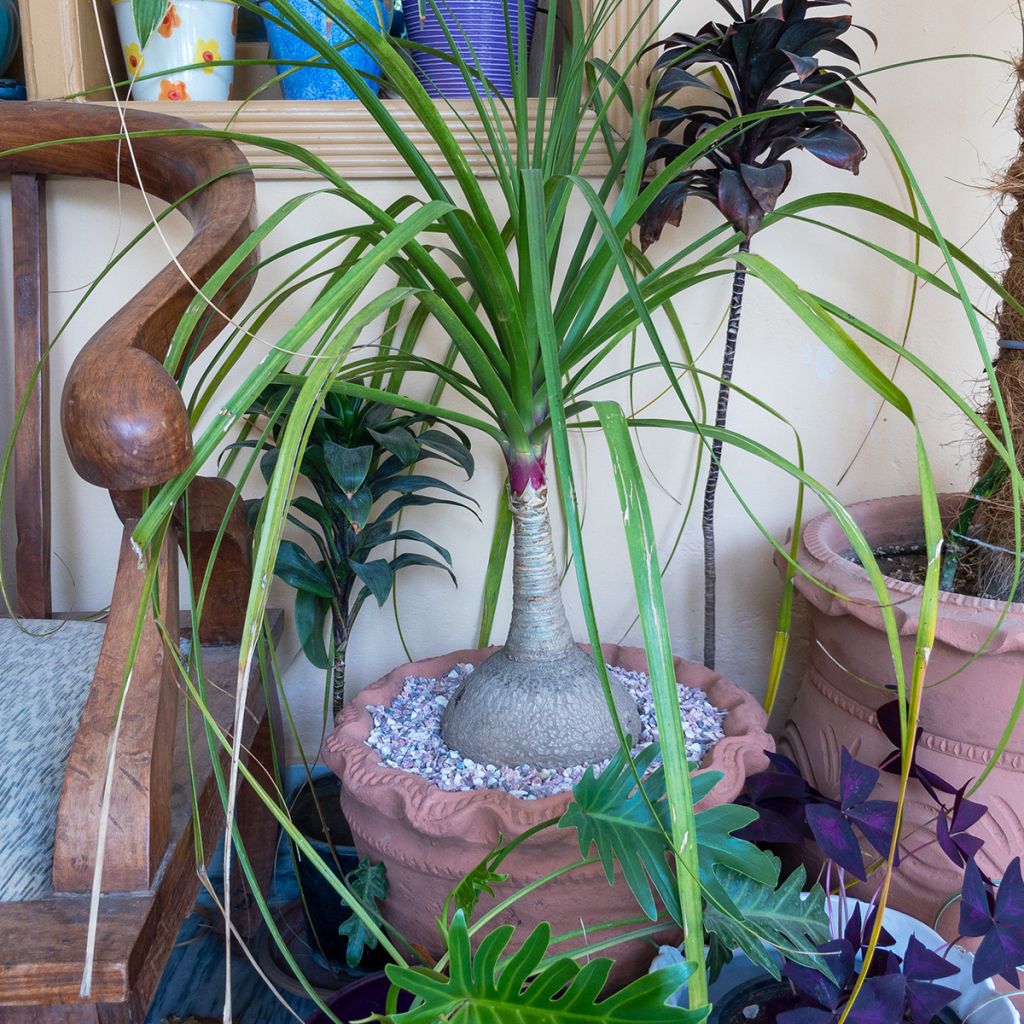

Beaucarnea recurvata - Arbre bouteille ou Pied d'éléphant
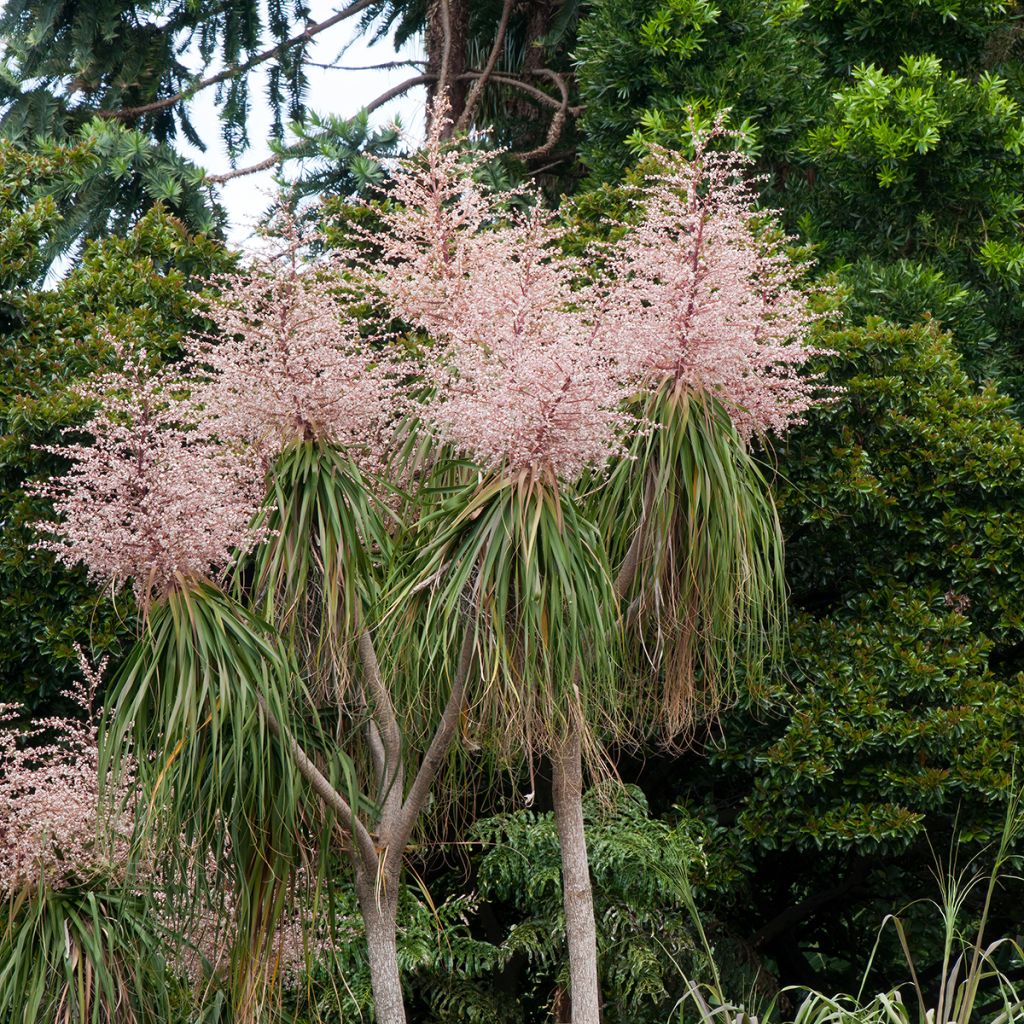

Beaucarnea recurvata - Arbre bouteille ou Pied d'éléphant
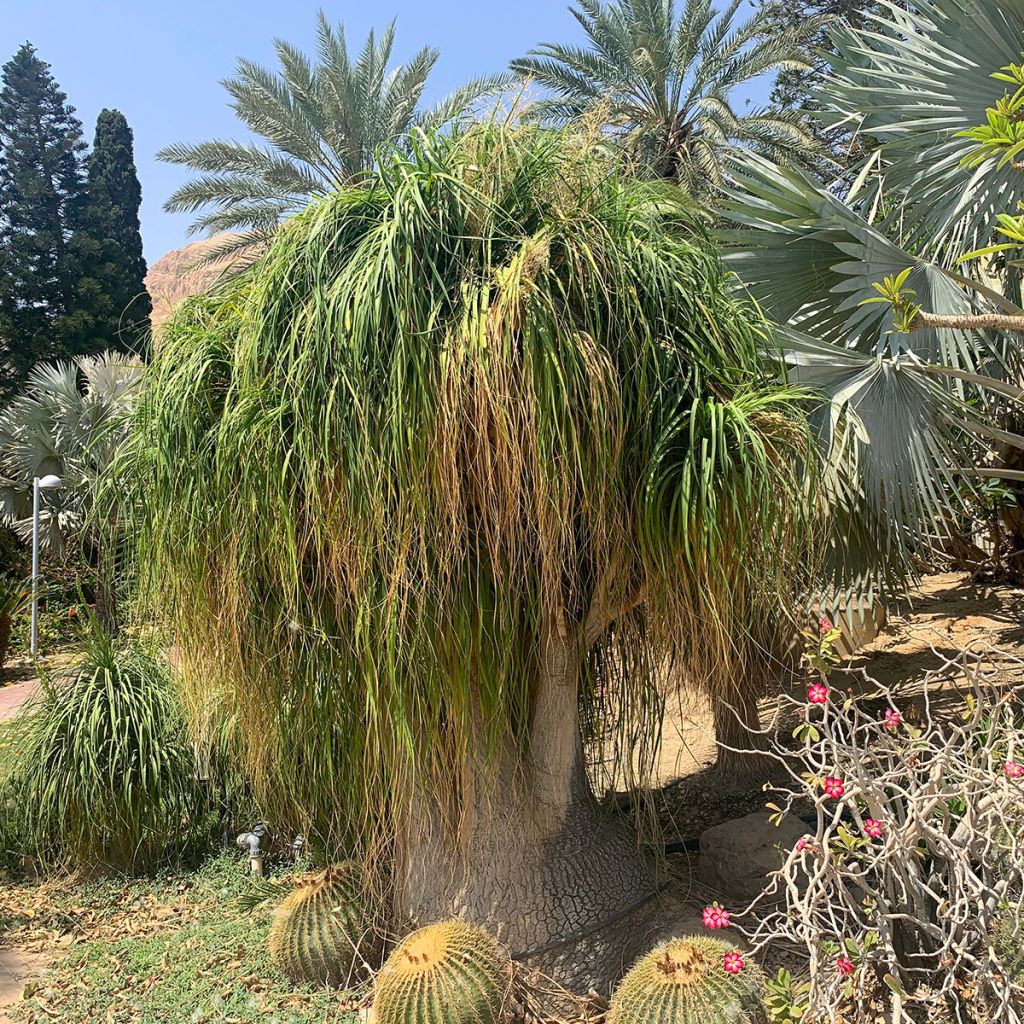

Beaucarnea recurvata - Arbre bouteille ou Pied d'éléphant
Beaucarnea recurvata - Elephant's foot
Beaucarnea recurvata
Elephant's foot
This plant carries a 24 months recovery warranty
More information
We guarantee the quality of our plants for a full growing cycle, and will replace at our expense any plant that fails to recover under normal climatic and planting conditions.
From €5.90 for pickup delivery and €6.90 for home delivery
Express home delivery from €8.90.
Does this plant fit my garden?
Set up your Plantfit profile →
Description
The Beaucarnea recurvata is one of those plants that can be recognized at first glance. With its trunk swollen at the base, which earned it the nickname of elephant's foot, and its crown of long, pendulous narrow leaves, it is one of the most visually striking plants. However, patience is required as its growth is very slow, but what a spectacle when the first flowering appears. A bouquet of small white flowers rises above the foliage, later evolving into equally aesthetic pink fruits. While its low hardiness and aversion to winter rains limit its planting in open ground to very mild regions, it performs extremely well in pots, allowing it to be sheltered indoors when the cold arrives. It can also be grown indoors.
The Beaucarna recurvata (synonym Nolina recurvata) belongs to the Ruscaceae family, which takes its name from Ruscus (Butcher's Broom), and whose most well-known members are probably Lily of the Valley, Dracaena, and the popular Sansevieria ("mother-in-law's tongue"). The Beaucarnea genus has 9 species, the most widespread being B. recurvata, native to Mexico. It grows in rocky, dry areas and forests, forming trees up to 9m (29ft 6in) tall, topped with a tuft of long, narrow leaves (1 to 2m (3ft 4in to 6ft 7in)) that are about 2cm (0.8in) wide. Their swollen trunk is an adaptation to drought in semi-arid climates. They are caudex plants, more precisely pachycaulous species, with a trunk resembling an "elephant's foot".
This plant can only truly thrive in frost-protected areas. An adult specimen can withstand -5°C in good conditions of well-drained soil to avoid excess water, as Beaucarnea dislikes winter humidity. This is why the dry winters of the Mediterranean coast suit it well. The exotic garden of Monaco houses a magnificent specimen with multiple trunks and an enlarged base, which blooms abundantly in summer and produces a cloud of small pink fruits in September.
Patience is necessary to obtain such a specimen, as Beaucarnea grows very slowly! You will have to wait for the trunk to reach 1m (3ft 4in) in height (which takes over 10 years of cultivation) to finally enjoy the flowering. The flowers develop as long, paniculate inflorescences (up to 1m (3ft 4in) long in mature specimens) of small white flowers (1.5cm (0.6in) in diameter) with 6 petals. These inflorescences form a vaporous mass above the vegetation and dominate the plant. The fruits that follow them measure about 1cm (0.4in) in diameter and have a lovely pink colour.
Fortunately, even without flowering, the plant is particularly decorative, especially when the base starts to swell and the cracked, grey bark imitates elephant skin. The very long dark green leaves tend to twist and gracefully hang on both sides of the trunk. They are very narrow (about 2cm (0.8in)), and their edges can be sharp to the touch so be careful and wear gloves! They are evergreen and give the Beaucarnea a truly aesthetic weeping appearance. It grows in well-drained, light soil with a slightly acidic to neutral pH, in full sun, tolerating occasional light shade.
An inherently architectural plant, the Beaucarnea is unparalleled in creating an exotic ambiance and will be perfectly at home in a contemporary garden that emphasizes shapes rather than colours. A splendid houseplant, it can also be taken outside during the warmer seasons on a balcony or terrace. To create an atmosphere, you can pair it with other tender plants with distinctive forms, such as the superb Phoenix roebelinii, a dwarf palm with finely palmate leaves that are highly decorative year-round. The sculptural Cycas revoluta, or Japanese Sago Palm, with its geometrically-shaped tough leaves in a large bouquet, reminiscent of a palm tree, will also be a good companion, as well as a tree-like Aeonium such as Garnet, with its perfectly arranged rosettes of succulent dark red leaves.
Report an error about the product description
Beaucarnea recurvata - Elephant's foot in pictures
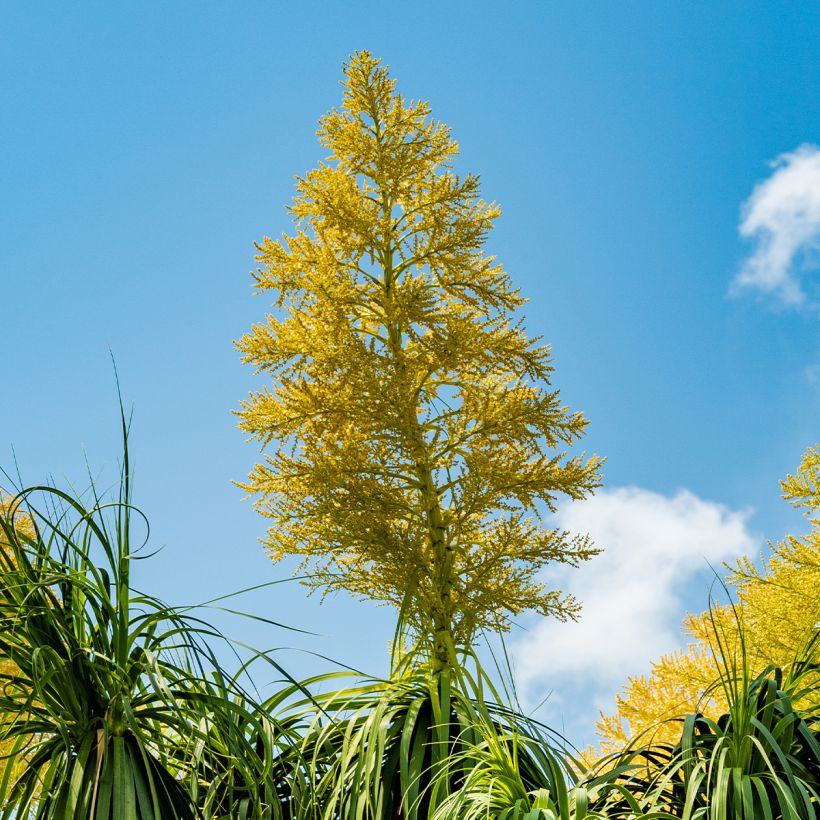

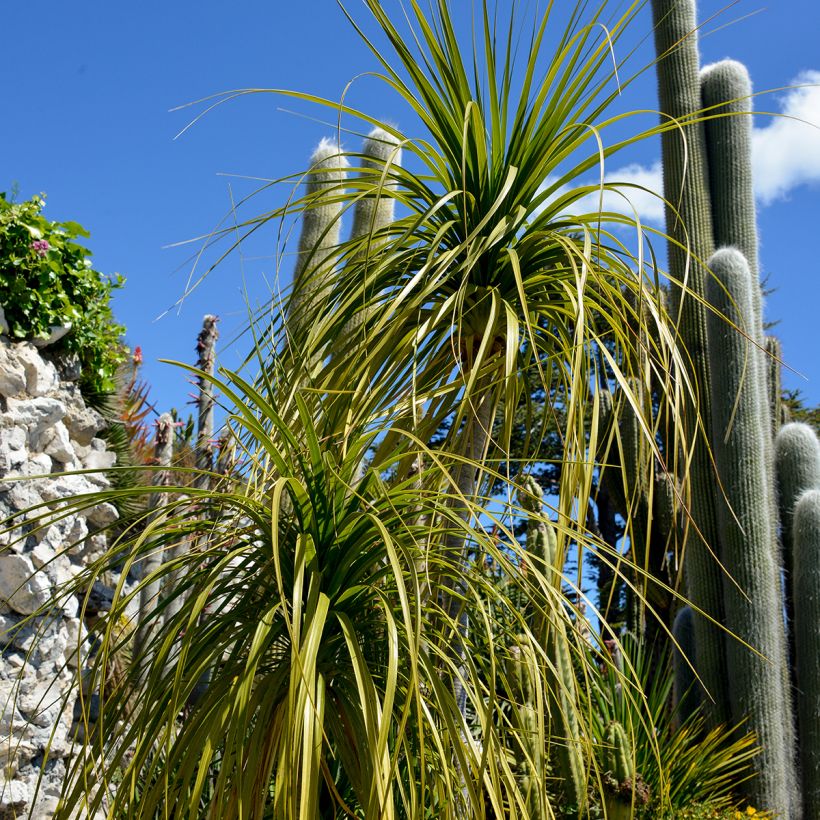

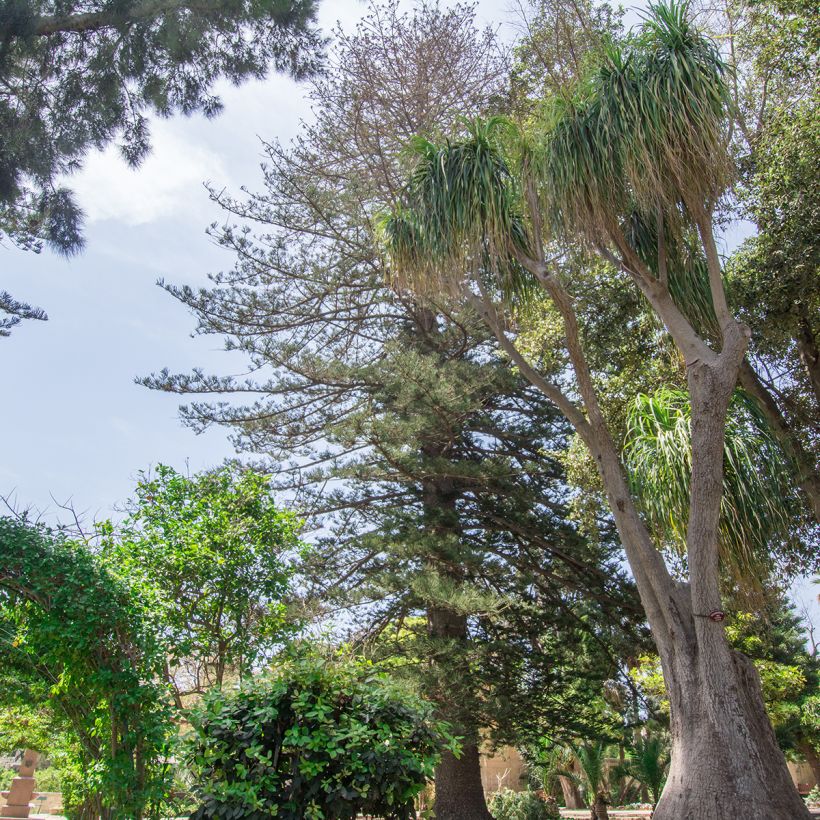

Plant habit
Flowering
Foliage
Botanical data
Beaucarnea
recurvata
Ruscaceae
Elephant's foot
Central America
Planting and care
This plant requires a warm climate and can be planted in the ground only in very mild areas. It grows in most neutral to slightly acidic soils, provided they are well-drained, as an excess of water in winter will be very detrimental. Plant in spring after the last frost to allow it to develop enough roots before the following winter. Choose a sunny location, sheltered from cold wind, if possible on a slight slope to allow for good drainage.
During the first two years, water regularly during the growing season (every two weeks, allowing the soil to dry between waterings) and stop in autumn.
Elsewhere, plant it in a container: it can spend the summer outdoors but should be brought indoors to a very bright room as soon as nighttime temperatures drop below 5°C (41°F) (usually around October). Choose a slightly coarse potting soil and place a layer of gravel at the bottom of the pot to improve drainage. Water regularly when the plant is outdoors, and very little in winter when it is indoors, to avoid root rot.
Planting period
Intended location
Care
This item has not been reviewed yet - be the first to leave a review about it.
Haven't found what you were looking for?
Hardiness is the lowest winter temperature a plant can endure without suffering serious damage or even dying. However, hardiness is affected by location (a sheltered area, such as a patio), protection (winter cover) and soil type (hardiness is improved by well-drained soil).

Photo Sharing Terms & Conditions
In order to encourage gardeners to interact and share their experiences, Promesse de fleurs offers various media enabling content to be uploaded onto its Site - in particular via the ‘Photo sharing’ module.
The User agrees to refrain from:
- Posting any content that is illegal, prejudicial, insulting, racist, inciteful to hatred, revisionist, contrary to public decency, that infringes on privacy or on the privacy rights of third parties, in particular the publicity rights of persons and goods, intellectual property rights, or the right to privacy.
- Submitting content on behalf of a third party;
- Impersonate the identity of a third party and/or publish any personal information about a third party;
In general, the User undertakes to refrain from any unethical behaviour.
All Content (in particular text, comments, files, images, photos, videos, creative works, etc.), which may be subject to property or intellectual property rights, image or other private rights, shall remain the property of the User, subject to the limited rights granted by the terms of the licence granted by Promesse de fleurs as stated below. Users are at liberty to publish or not to publish such Content on the Site, notably via the ‘Photo Sharing’ facility, and accept that this Content shall be made public and freely accessible, notably on the Internet.
Users further acknowledge, undertake to have ,and guarantee that they hold all necessary rights and permissions to publish such material on the Site, in particular with regard to the legislation in force pertaining to any privacy, property, intellectual property, image, or contractual rights, or rights of any other nature. By publishing such Content on the Site, Users acknowledge accepting full liability as publishers of the Content within the meaning of the law, and grant Promesse de fleurs, free of charge, an inclusive, worldwide licence for the said Content for the entire duration of its publication, including all reproduction, representation, up/downloading, displaying, performing, transmission, and storage rights.
Users also grant permission for their name to be linked to the Content and accept that this link may not always be made available.
By engaging in posting material, Users consent to their Content becoming automatically accessible on the Internet, in particular on other sites and/or blogs and/or web pages of the Promesse de fleurs site, including in particular social pages and the Promesse de fleurs catalogue.
Users may secure the removal of entrusted content free of charge by issuing a simple request via our contact form.
The flowering period indicated on our website applies to countries and regions located in USDA zone 8 (France, the United Kingdom, Ireland, the Netherlands, etc.)
It will vary according to where you live:
- In zones 9 to 10 (Italy, Spain, Greece, etc.), flowering will occur about 2 to 4 weeks earlier.
- In zones 6 to 7 (Germany, Poland, Slovenia, and lower mountainous regions), flowering will be delayed by 2 to 3 weeks.
- In zone 5 (Central Europe, Scandinavia), blooming will be delayed by 3 to 5 weeks.
In temperate climates, pruning of spring-flowering shrubs (forsythia, spireas, etc.) should be done just after flowering.
Pruning of summer-flowering shrubs (Indian Lilac, Perovskia, etc.) can be done in winter or spring.
In cold regions as well as with frost-sensitive plants, avoid pruning too early when severe frosts may still occur.
The planting period indicated on our website applies to countries and regions located in USDA zone 8 (France, United Kingdom, Ireland, Netherlands).
It will vary according to where you live:
- In Mediterranean zones (Marseille, Madrid, Milan, etc.), autumn and winter are the best planting periods.
- In continental zones (Strasbourg, Munich, Vienna, etc.), delay planting by 2 to 3 weeks in spring and bring it forward by 2 to 4 weeks in autumn.
- In mountainous regions (the Alps, Pyrenees, Carpathians, etc.), it is best to plant in late spring (May-June) or late summer (August-September).
The harvesting period indicated on our website applies to countries and regions in USDA zone 8 (France, England, Ireland, the Netherlands).
In colder areas (Scandinavia, Poland, Austria...) fruit and vegetable harvests are likely to be delayed by 3-4 weeks.
In warmer areas (Italy, Spain, Greece, etc.), harvesting will probably take place earlier, depending on weather conditions.
The sowing periods indicated on our website apply to countries and regions within USDA Zone 8 (France, UK, Ireland, Netherlands).
In colder areas (Scandinavia, Poland, Austria...), delay any outdoor sowing by 3-4 weeks, or sow under glass.
In warmer climes (Italy, Spain, Greece, etc.), bring outdoor sowing forward by a few weeks.


































